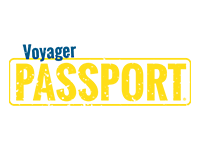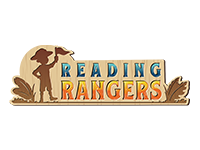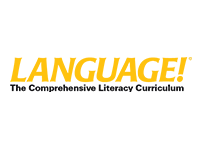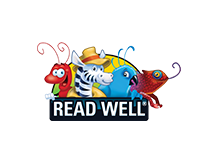Utilize federal funding for research-proven solutions to overcome learning loss.
The challenges of the COVID-19 pandemic left many administrators and educators looking for evidence-based, research-proven tools and solutions to help mitigate the “COVID Slide”. Educators used new tools, resources, and strategies to keep their students learning--regardless of their learning environment. However, initial data from assessments is showing that there has been learning loss among students--and there are gaps that need to be addressed in order to flatten the curve of the “COVID Slide.”
Overcoming learning gaps by keeping students engaged, learning, and growing is more important than ever, but now educators have a unique opportunity to address learning loss with ESSER federal funds. With a goal of ensuring that every student facing a learning gap gets the right tool, implemented by the right educator, at the right time, Voyager Sopris Learning can help schools and districts navigate our solutions as you decide how to best use the federal ESSER and GEER funds.
Unpacking ESSER Funds
- How much funding is available?
- How long is each ESSER fund available for use?
- What can the funds be used for?
Learn more about approved ESSER funded solutions
How much funding is available?

What can the funds be used for?
All three acts (CARES, HR133,CRRSA) provide education funding in two programs: Elementary and Secondary School Emergency Relief (ESSER) and Governor’s Emergency Education Relief (GEER). Each round of funding legislation has designated allowable uses, but the scope has expanded with each round.
The original 12 allowable uses in ESSER I were expanded to 15 in ESSER II. The DOE advises that ESSER II funds expands them even further to 21 allowable uses, including some of the following:
- Investing in resources to implement CDC's K-12 operational strategy for in-person learning to keep educators, staff, and students safe.
- Avoiding devastating layoffs and hiring additional educators to address learning loss, providing support to students and existing staff, and providing sufficient staffing to facilitate social distancing.
- Funding crucial summer, afterschool, and other extended learning and enrichment programs.
- Funding for Wi-Fi hotspots and devices for students without connectivity for remote learning and supporting educators in the effective use of technology.
- Implementing strategies to meet the social, emotional, mental health, and academic needs of students hit hardest by the pandemic, including through evidence-based interventions and programs.
How long is each ESSER fund available for use?
Each ESSER fund has its own time period of when it needs to be used by states, districts, and schools. They are:
- ESSER I: September 30, 2022
- ESSER II: September 30, 2023
- ESSER III: September 30, 2024
Research and Evidence-Based Interventions and Programs
Voyager Sopris Learning programs are grounded in Science of Reading and Structured Literacy research, to improve learning outcomes for students in grades K-12. To increase the impact of educational investments and meet the allowable uses outlined by the DOE for ESSER funds, schools and districts need to ensure that the solutions selected for their students have proven to be effective in leading to desired outcomes, namely improving student achievement and closing learning gaps. To assist your evaluation of programs that meet ESSER criteria, we have provided the research basis, efficacy and case studies for our programs in the table below.
For additional information about this research or to request a sample or live demo, contact us or call 800.547.6747.
Program Research & Evidence
Read Well®Grades K–3Research-based ELA solution that builds critical reading skills based in the Science of Reading |
|
REWARDS®Grades 4–12Short-term reading and writing intervention for students in grades 4–12 based in the Science of Reading | |
Sound PartnersGrades K–3Explicit, balanced, phonics-based tutoring instruction program for early reading skills based in the Science of Reading |
|
Acadience Assessment SuiteEnhance early reading and math success and identify students experiencing difficulty acquiring foundational literacy and math skills. |
